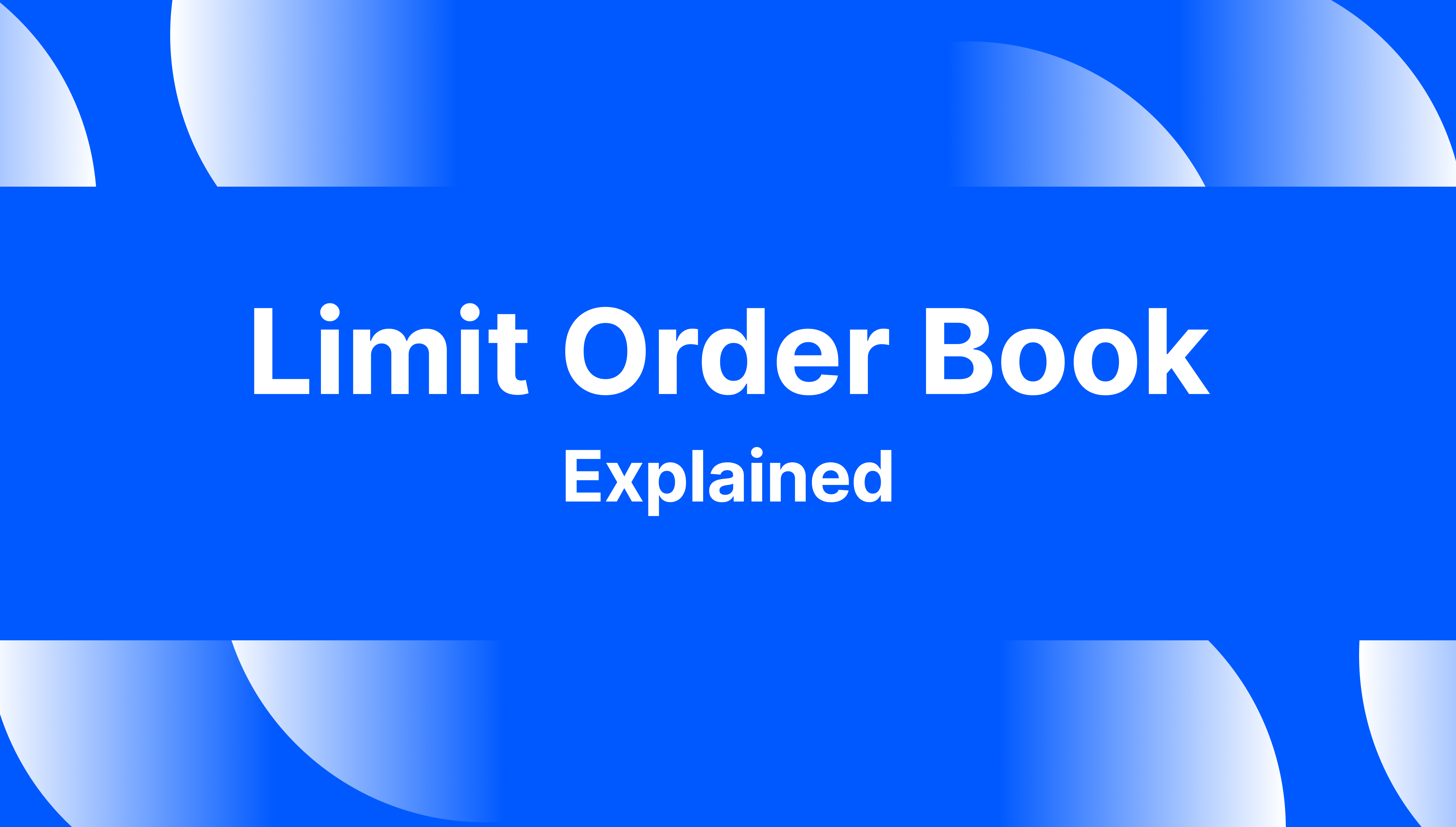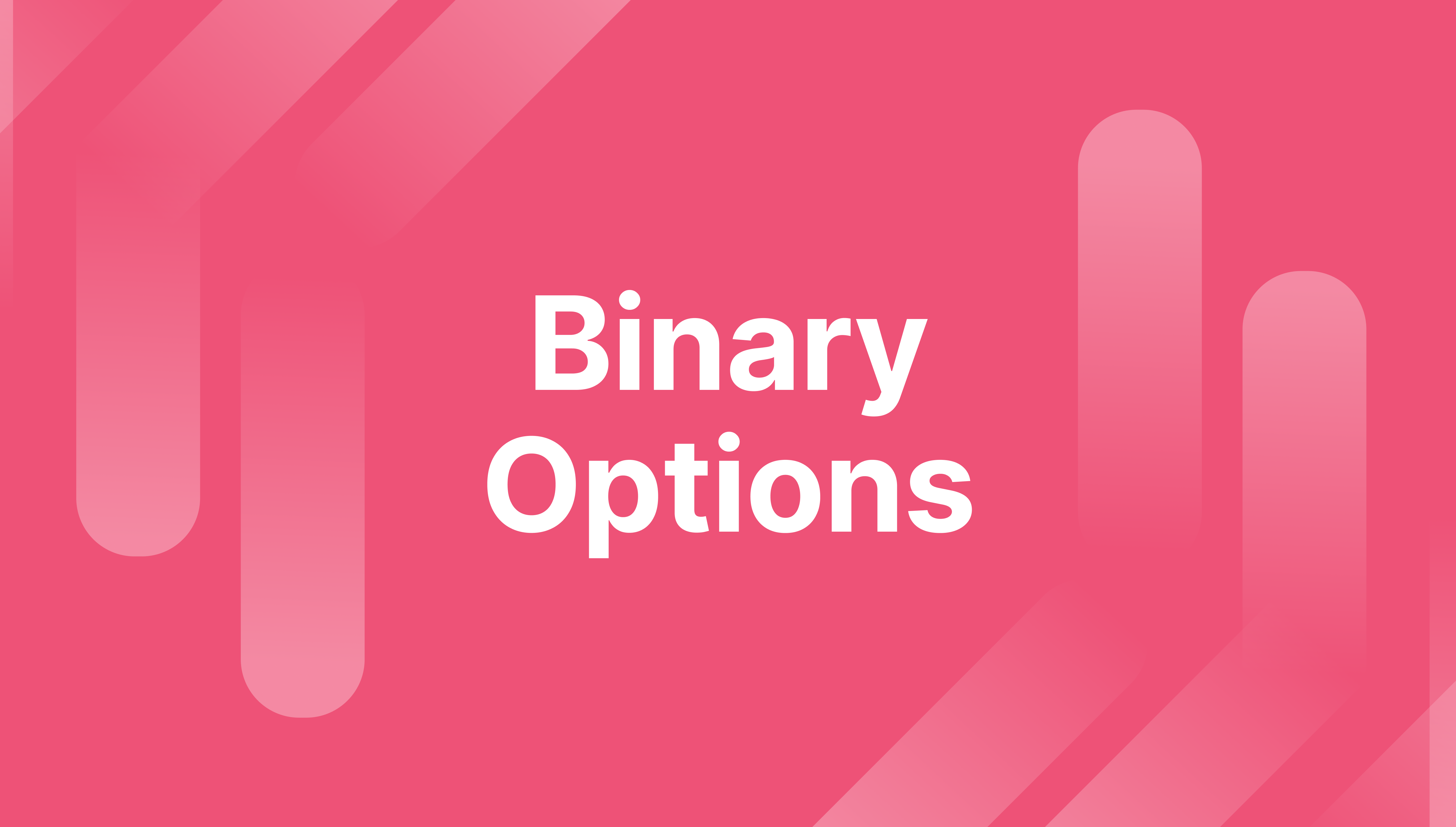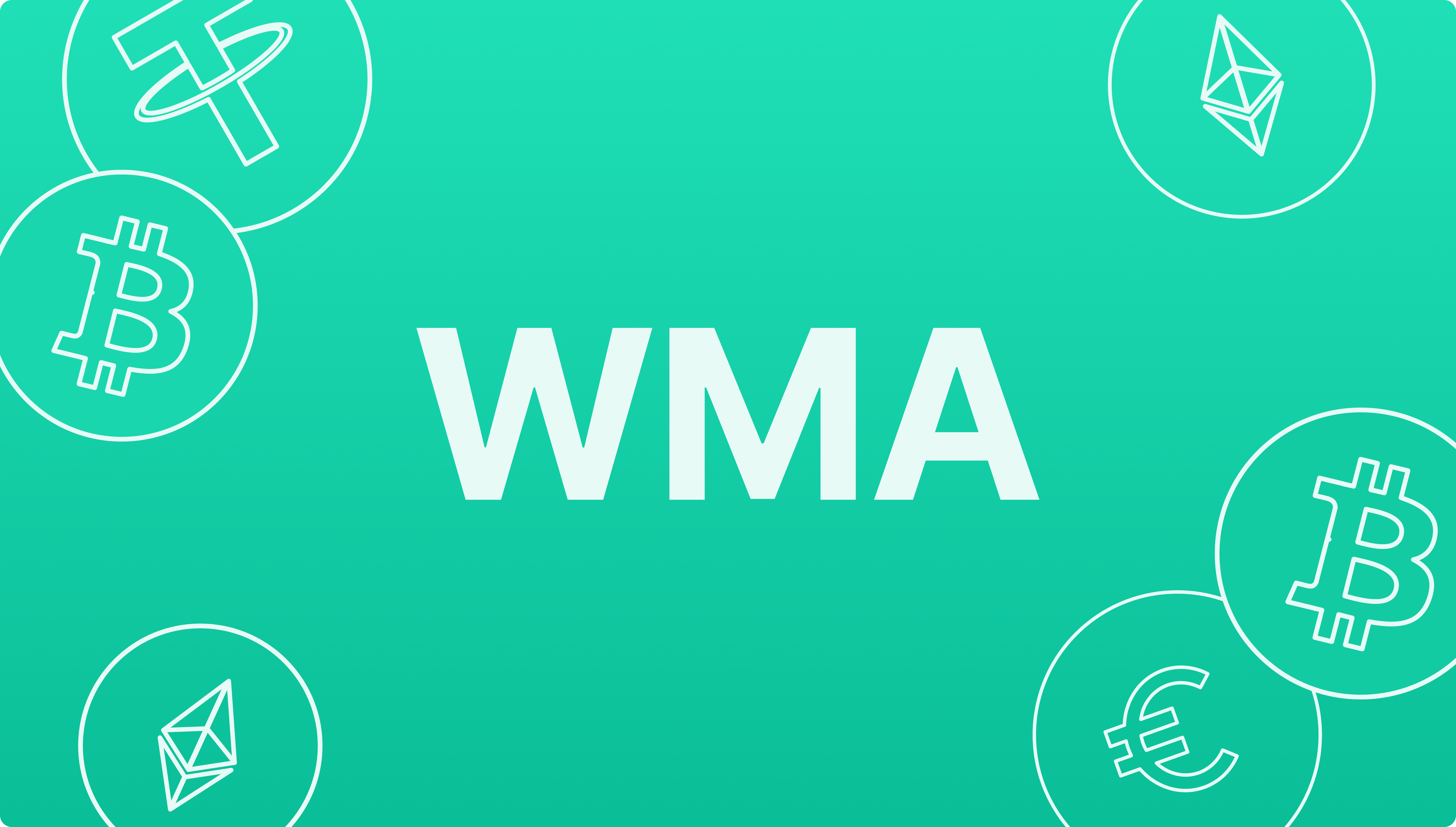Market Maker vs Liquidity Provider
Articles


A Forex brokerage firm can launch its operations according to the way it plans on running its business and can be involved in the trading process or as an intermediary. Brokers who are involved in trading against their clients generate income from actual trading rather than fees. Those who act as an intermediary, charge a fee for allowing traders to access liquidity.
These two Forex brokerage models are referred to as A-book and B-book processing.
Market Maker (B-book) Brokers
B-book brokers take the other side of their customer’s trades and do not pass the orders to a liquidity provider. In fact, some Market Makers also earn commissions by providing liquidity themselves to their clients’ firms.
What this means is that Forex traders are trading against the broker, and any profits made by the trader equate to a loss incurred by the Forex brokerage. The brokerage’s opportunities to make a profit are high so many Forex brokerages opt for this model.
Nevertheless, brokerages set up as a B-book dealer incur high costs. These include setting up trading desks and algorithmic trading which automatically take the other side of customer’s trades. These costs must be deducted from the profits.
Liquidity Providers (A-book)
Liquidity providers, or A-book is an easier method to set up a brokerage and as the broker is just the intermediary, it allows the trader to access the interbank market by passing the orders to liquidity providers.
The best bid ask spread prevails and will be transmitted to the clients. This business model is called A-book processing or Straight Through Processing (STP) whereby the broker earns a fee based on the volume its clients generate.
Although it may not be as profitable as a Market Maker, this model of brokerage is more transparent and is held in higher esteem by market participants. The business model can also be a very successful one if profits from the brokerage are invested carefully with a solid plan that focuses on attracting as many active traders as possible and offering additional services to boost their income. For example, some people use liquidity providers as a data feed provider for getting forex data feed (historical or live) about currency pairs for online calculators.
Some brokerages are involved in both A-book and B-book processing known as a hybrid model . This can be determined by looking at the type of the trading conditions they offer. Brokerages operating this model will categorize traders into two groups based on factors such as the size of the trading account and how long they have been involved in the Forex market among other parameters. Hence, the brokerage offsets a percentage of the trade into the real market (A-book) and warehouses the remainder of the trade (B-book).
Practically, both Market Maker and Liquidity Provider models basically perform the same functions so when deciding what business model to choose, brokerages should consider the operational and regulatory aspects of each and decide which model provides better long-term profit-potential.










